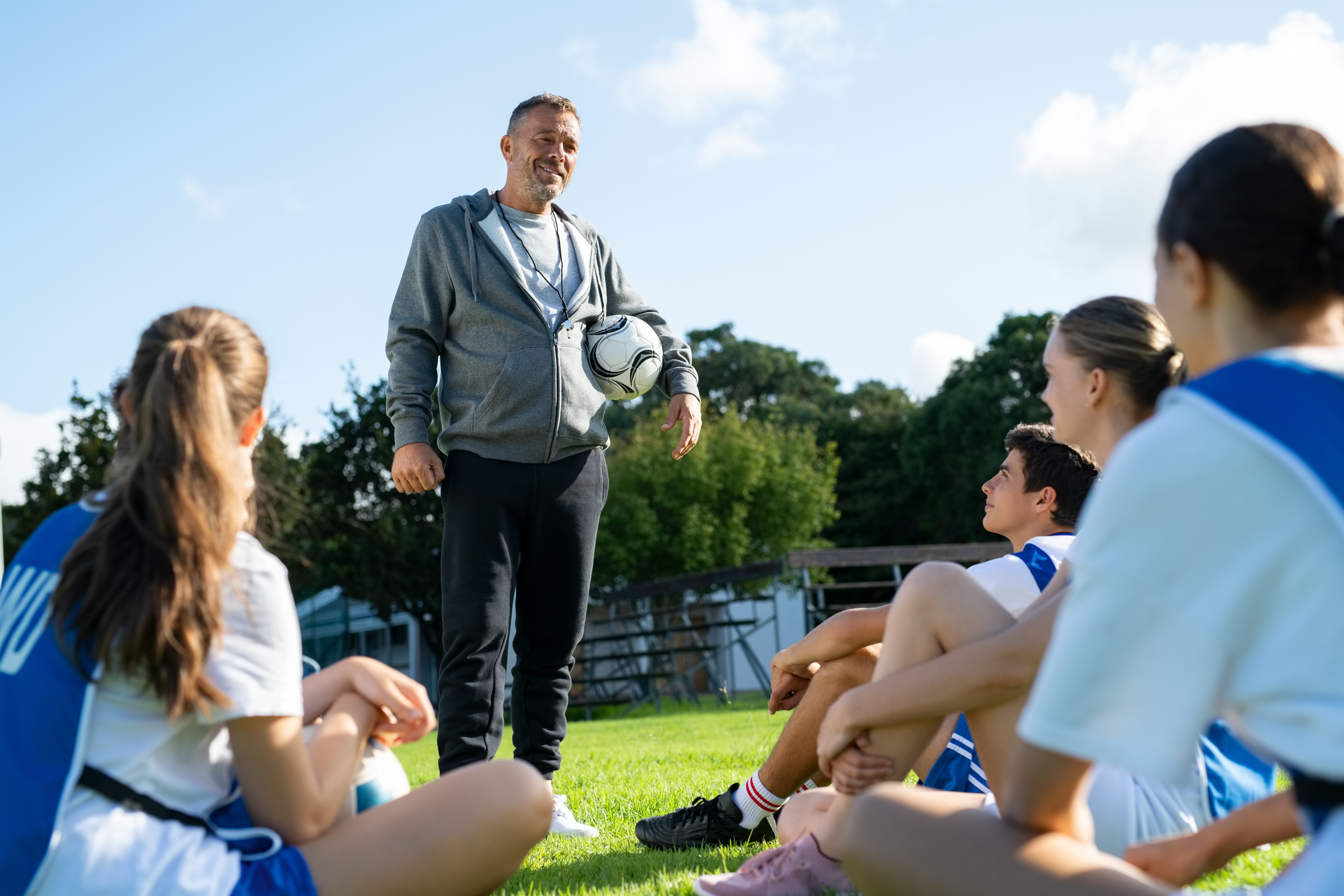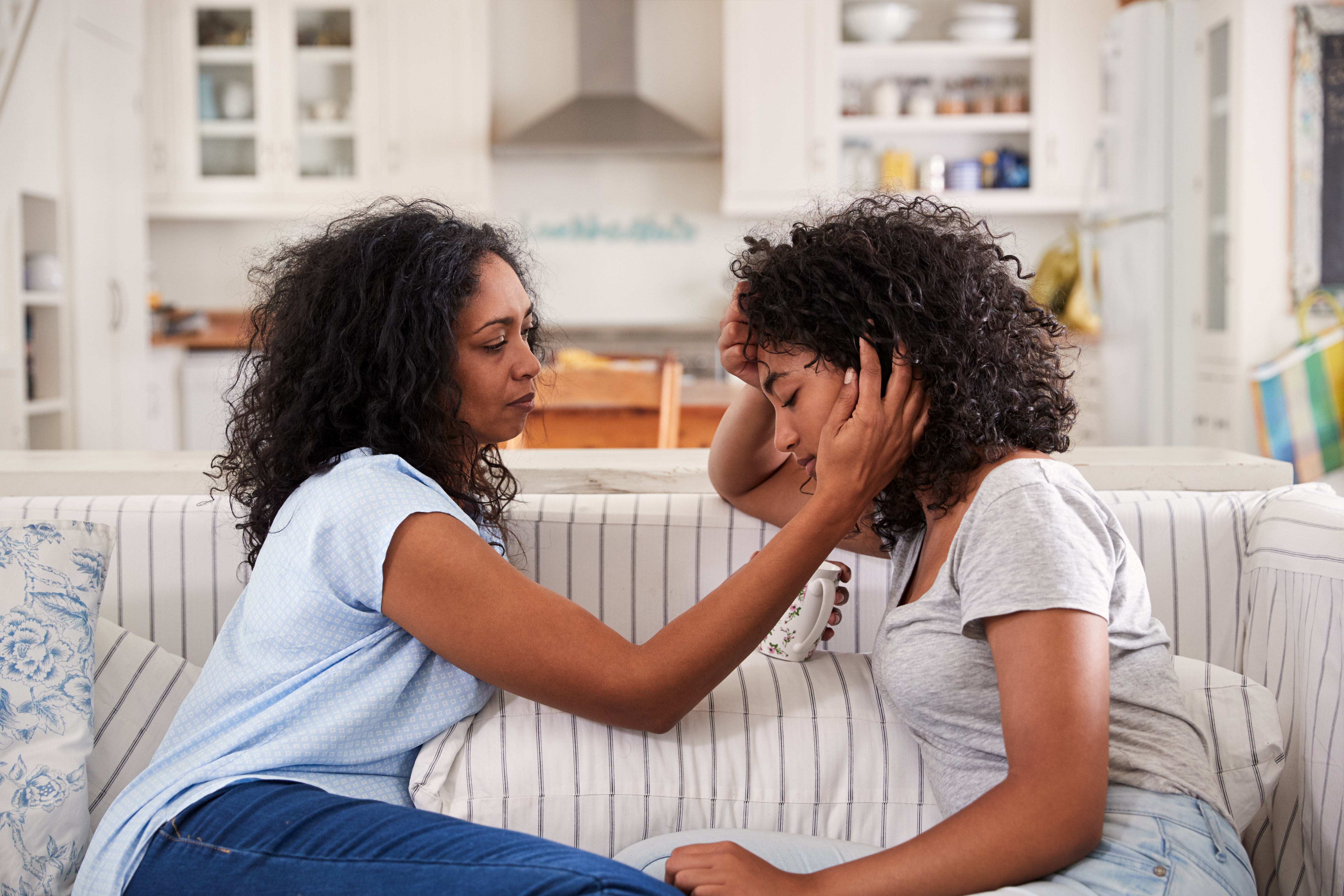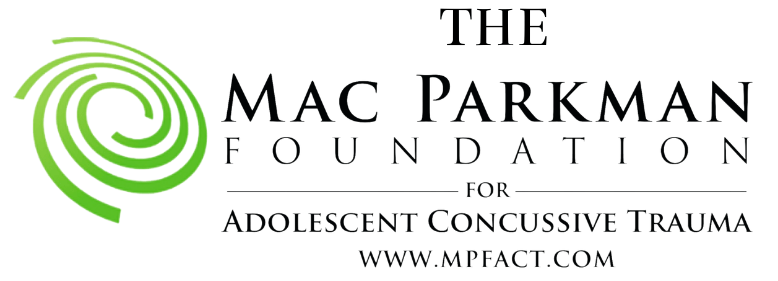Resource Center
Treatment
Concussion/Sub-concussive Treatment Considerations
It is critical after a diagnosis that the parents take a concussion seriously, as we say, it’s a brain injury, not a headache!! To ensure a full recovery and reintroduction to sports, parents should look at all aspects of the concussion and their kids.
Concussive Understanding by the Athlete and Parent
The most critical person in this entire process is the concussed athlete and their understanding, transparency, and cooperation with their parents and medical staff. Too often, student-athletes treat concussions as minor injuries and do not understand the implications of misleading doctors and their parents to ensure a quick return to sports. It is critical that athletes know that these injuries, especially early in life, can affect them for the rest of their lives and that by not being transparent with their symptoms and/or tests, they risk a more serious injury down the road.
Sometimes the problem may be the parent who is living vicariously through their child or sees sports as the child’s “way out”, or is actively supporting the child’s desire to return to sport. It is critical that they understand the potential severity of the outcome if the child’s concussion-related symptoms are not properly diagnosed.

Student Lifestyle Considerations for Treatment
This is a widely overlooked consideration when doctors determine the recovery plan for a concussed athlete. Currently, treatment plans are focused on the concussion that the athlete underwent at that time. However, some consideration of the athlete’s history and lifestyle should be given, as that can significantly impact the amount of time or treatment plan determined to be appropriate. Athletes that have had multiple concussions have played back to back concussive sports, that take part in other same sports activities (think clubs, travel teams, etc.) that provide year-round exposure to other concussive possibilities or practice concussive lifestyle activities i.e. skateboarding, snowboarding, water skiing, motocross, parkour, etc. should receive additional consideration in terms of the time of rest and post-concussive treatments like therapy and examinations at 30 days for Post Concussive Disorder.

Immediate Post Concussive Timeframe
Historically, most concussions required a one-to-two-week period where the doctor provides a rest from mental and physical activity to avoid excessive stimulation and to give the brain time to rest. Most often, the concussed athlete will be prescribed fewer school hours, avoidance of electronics/TV, and postponed testing and homework to start. There will be a period of rest, depending on the practitioner that will be based on the severity of the concussion and could last from 24 to 48 hours (mild) to 5 to 6 days (moderate) and one to two weeks (severe).
We remember that we are also talking about kids… and kids and bedrest are not exactly synergistic. There are studies that show that extensive bed rest may complicate concussive recovery through the introduction of other factors, i.e.
- Isolation
- anxiety about testing, relationships, homework, or studies
- sleep problems
- depression from being in darkened rooms for prolonged periods.
There are indications that a slower reintroduction to school and other mental activities after 48 hours is good to avoid problems that come from isolation and too much bed rest, as long as there is a continued focus on monitoring the child for any worsening of their symptoms. This can begin as soon as the third day and should be coordinated with school authorities to provide for limited school hours and work. The parents can help this process by ensuring that the kids also limit their mental activities at home.
While there are no strict guidelines, it is important that the student take the time to properly rest the brain and allow it to recover. While some students will take this as a “pass” to not focus on work, avoid further sports (that they may not want to take part in), or just to play, it’s better that they take more time than less.
Concussion Recovery
During this period, the student-athlete should go through a continuous evaluation to establish their healing progress in order to determine when the student is ready to return to full-time school and begin limited participation in sports. This is done by a series of visits to the doctor, usually after one to two weeks, to take further tests to evaluate the athlete’s symptoms. It is critical that the athlete be completely transparent regarding their symptoms to not mislead and allow the doctor to more accurately determine the next steps. We recommend that, depending on the type of concussion, the child’s concussive past, and other concussive activities that parents err on the side of longer timelines.
Return to Sports Considerations
The decision about when a player can safely return to play must be made by a doctor. The doctor decides on a case-by-case basis based on an evaluation that will assess the child’s condition to include things like symptoms, medical and concussive history, type of sport/position, memory tests.
Typically, the doctor, along with the coach and trainer, will recommend a plan that progressively re-introduces the child to sports. This will progress from limited ability to light aerobic activity, sports specific, non-contact exercises, non-contact training drills, and then to full practice. The child should be monitored and questioned throughout this process to determine their cognitive and physical condition and to monitor for a return of any concussive symptoms.
Post Concussive Timeframe
To ensure that the child is completely healed and progressing, the child should be evaluated at 30 days and further on to ensure the parent that the child is healed. At 30 days, it is highly recommended that concussed athletes take a post-concussive syndrome evaluation, a simple repeat of the exam that was given prior to the child being released to resume activities that evaluate the child for concussive symptoms related to the original concussion or a combination of reintroduction to sports and/or sub-concussive activity that may have caused the symptoms to return. It cannot be overstated how important it is for the child to be transparent about their symptoms so that they can get a proper diagnosis.
After the 30-day period, the parent should monitor the child for any symptoms that can be tied to the concussion. This is important, as, if the child returns to play, sub-concussive activity can prolong symptoms or cause them to return. A child’s complaints like continuous headaches, sleep disorders, being sensitive to light, and depression can be indicators of the post-concussive syndrome and require treatment.
Please reach out to our Concerned about Trauma Page to see more.
